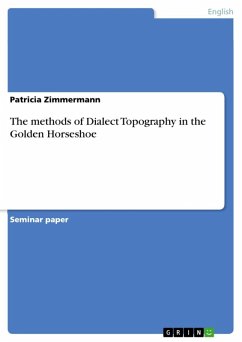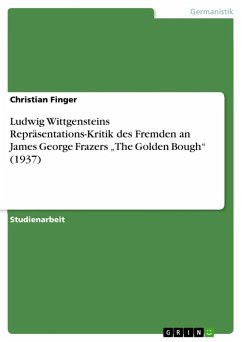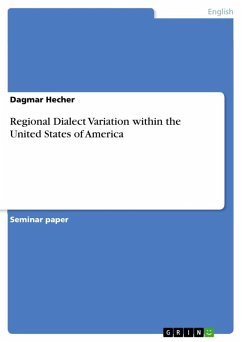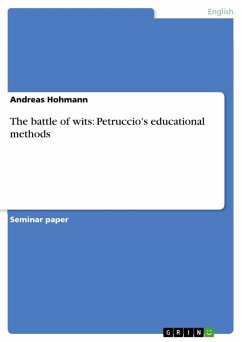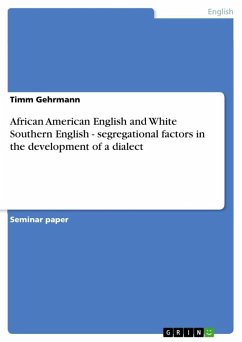Seminar paper from the year 2002 in the subject English Language and Literature Studies - Linguistics, grade: 2,3 (B), University of Heidelberg (Anglistics Seminar), course: Hauptseminar: Language in Social and Geographical Space, language: English, abstract: Dialect topography was invented by J. K. Chambers. He used this method in the Golden Horseshoe (v. 4.3 Survey area: The Golden Horseshoe ) for the first time. "Intended as an alternative to dialect geography" (CHAMBERS 1994:35), dialect topography contains - like dialect geography - methods for surveying dialect variants in a region. In its basics dialect topography accords with dialect geography. "Both provide a macro-level perspective on linguistic variation. Both survey people in a continuous area, making it possible to identify and isolate gross linguistic differences among speakers from region to region. They can also provide the basis for charting linguistic change in subsequent surveys" (CHAMBERS 1994:35-36). Although both methods are very similar, there are two important differences which will be discussed in the following passages. In order to investigate the influence of non-native speakers on language use in the community, J. K. Chambers invented the Regionality Index (RI). This mechanism allows to identify and compare the languages of different test persons. The relationship between the subjects' link to the region can be investigated as well as to which extent the subject talks like a local. This method will be discussed in the second part of this study.
Dieser Download kann aus rechtlichen Gründen nur mit Rechnungsadresse in A, B, BG, CY, CZ, D, DK, EW, E, FIN, F, GR, HR, H, IRL, I, LT, L, LR, M, NL, PL, P, R, S, SLO, SK ausgeliefert werden.

